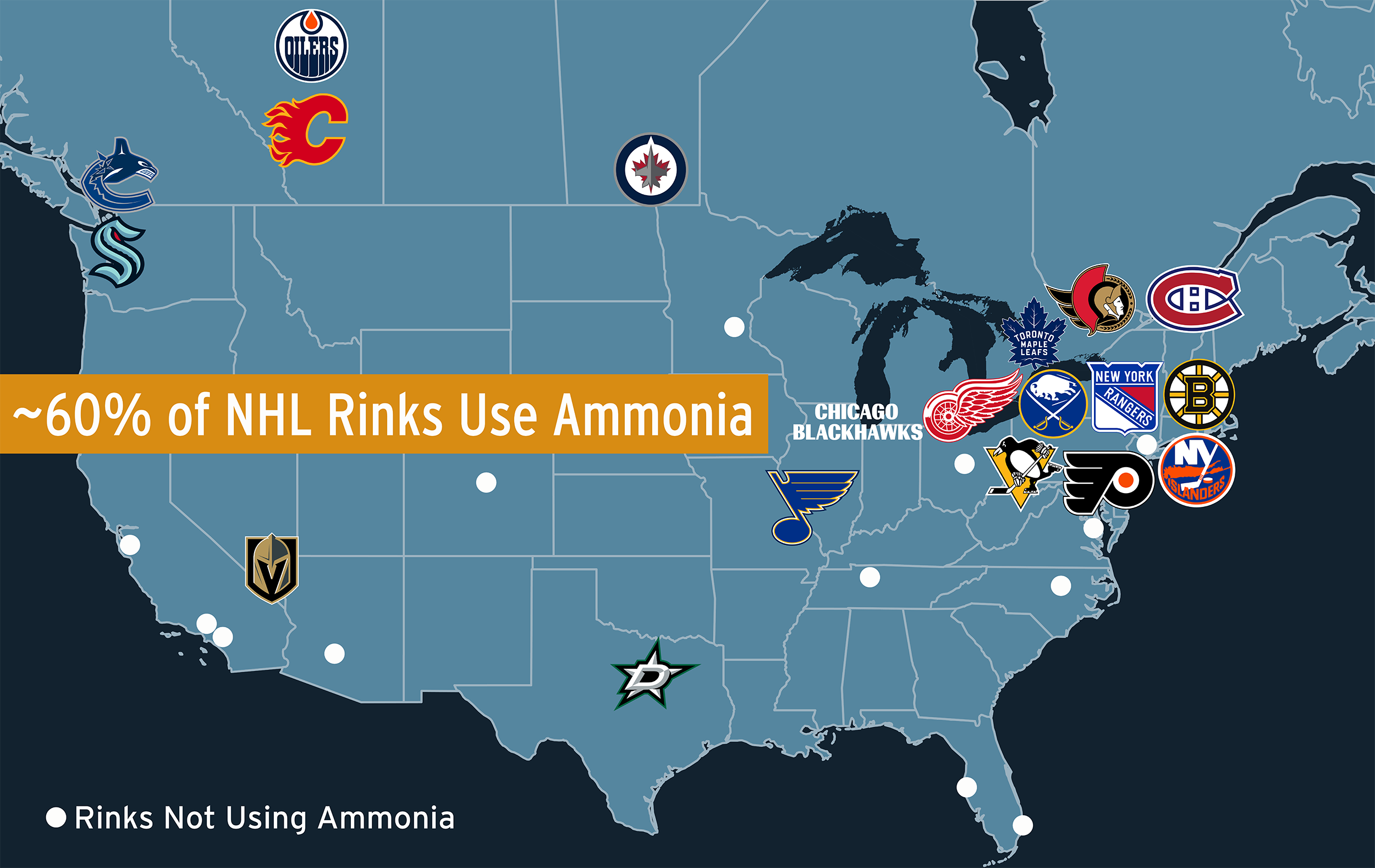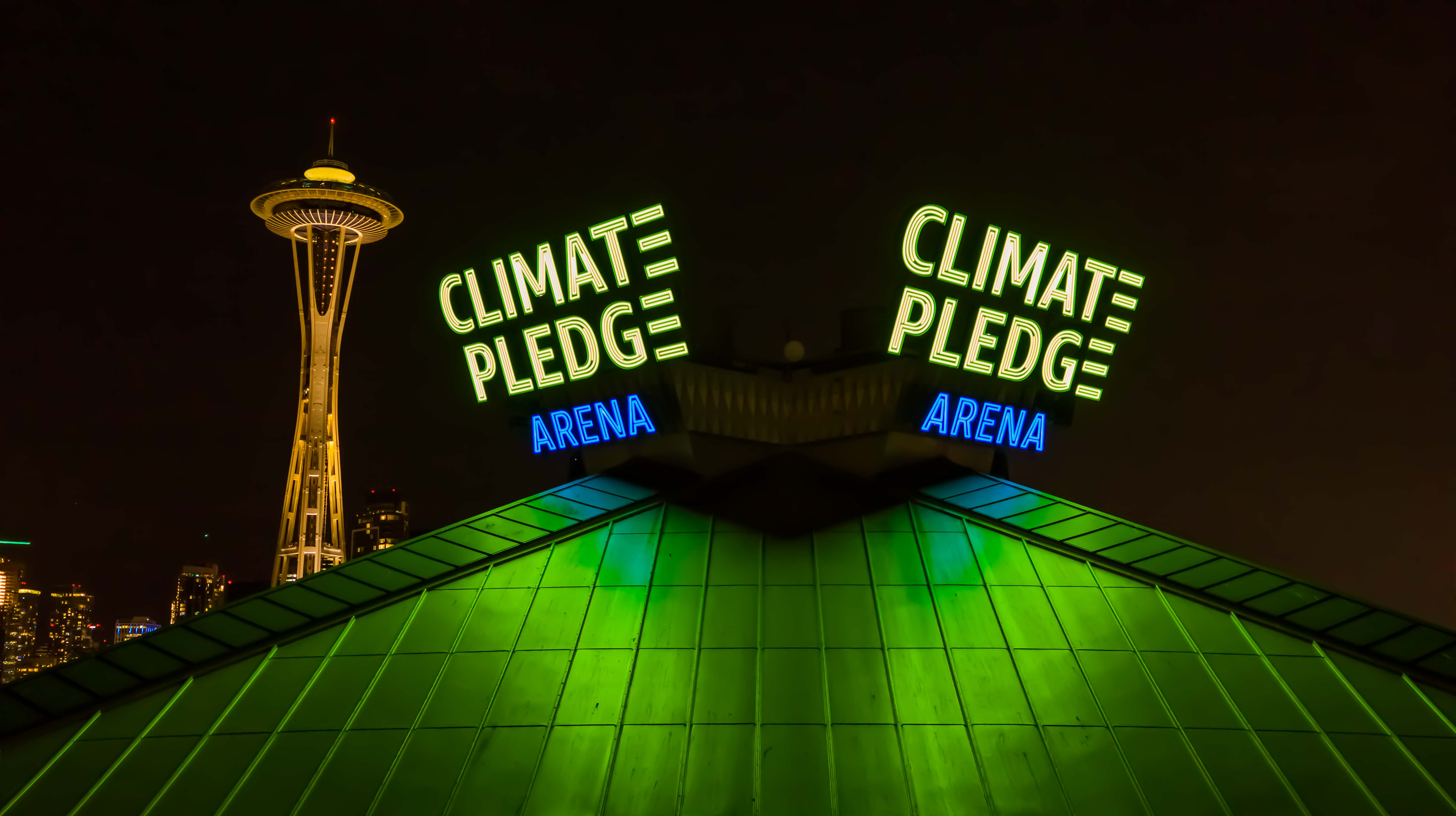1. Intergovernmental Panel on Climate Change,
Special Report on Global Warming of 1.5C, see Chapter 2, at:
https://www.ipcc.ch/sr15/
2. Corporate Watch, DuPont Company Profile (2005).
https://corporatewatch.org/dupont-company-profile/
3. Molina & Rowland,
Quantifying contributions of chlorofluorocarbon banks to emissions and impacts on the ozone layer and climate (1974):
https://www.nature.com/articles/249810a0
4. Greenpeace Position Paper, Prepared for the 9th Meeting of the Parties to the Montreal Protocol (1997)
https://courses.seas.harvard.edu/climate/eli/Courses/EPS281r/Sources/Ozone-hole/more/Greenpeace-on-DuPont.pdf
5. Doniger and Quibell, Natural Resources Defense Council (NRDC),
Back from the Brink (2007):
https://www.nrdc.org/sites/default/files/ozone.pdf
6. US Environmental Protection Agency, Press Release,
Government Ban on Fluorocarbon Gases in Aerosol Products Begins October 15 (1978).
https://archive.epa.gov/epa/aboutepa/government-ban-fluorocarbon-gases-aerosol-products-begins-october-15-1978.html
7. New York Times,
Behind DuPont’s Shift on Loss of Ozone Layer (1988).
https://www.nytimes.com/1988/03/26/business/behind-du-pont-s-shift-on-loss-of-ozone-layer.html
8. Lickley et al, Nature Communications,
Quantifying contributions of chlorofluorocarbon banks to emissions and impacts on the ozone layer and climate (2020):
https://www.nature.com/articles/s41467-020-15162-7
9. Inside Climate News;
Louisville’s Super-Polluting Chemical Plant Emits Not One, But Two Potent Greenhouse Gases (2021);
https://insideclimatenews.org/news/05042021/chemours-lousiville-super-polluting-chemical-plant-greenhouse-gas-emissions/
10. Environmental Investigation Agency, Press Release,
EIA Calls on Chemours to Immediately End Activities Causing HFC-23 Emissions (2021):
https://eia-global.org/press-releases/20210308-chemours-hfc-23-pr
11. Louisville Business First,
DuPont spinoff takes over Louisville operations, investing $6.5 million locally in upgrades. https://www.bizjournals.com/louisville/news/2015/09/30/dupont-spinoff-takes-over-louisville-operations.html
12. Chemours, Facts About Chemours Louisville HFC-23 Emissions:
https://www.chemours.com/en/louisville-facility-hfc-23-emissions
13. Hansen, Christopher, Jyoti Campbell, and Scott Kable.
"Photodissociation of CF3CHO provides a new source of CHF3 (HFC-23) in the atmosphere: implications for new refrigerants" (2021).
14. New York Times,
How Chemical Companies Avoid Paying for Pollution (2021)
https://www.nytimes.com/2021/10/20/business/chemours-dupont-pfas-genx-chemicals.html?partner=slack&smid=sl-share
15. The Intercept,
The Teflon Toxin: DuPont and the Chemistry of Deception (2015):
https://theintercept.com/2015/08/11/dupont-chemistry-deception/ See also Union of Concerned Scientists,
DuPont, 3M Concealed Evidence of PFAS Risks (2019):
https://www.ucsusa.org/resources/dupont-3m-concealed-evidence-pfas-risks;
16. After spinning off Chemours and it’s PFAS related businesses, a DuPont statement said, “DuPont does not make PFOA, PFOS or GenX. Further, DuPont never manufactured or sold firefighting foam,”
https://www.dupont.com/news/dupont-announces-new-and-sustained-commitments-related-to-pfas-chemicals.html DuPont has denied hiding PFAS risks from the public:
https://www.nbcnews.com/health/cancer/how-dupont-may-avoid-paying-clean-toxic-forever-chemical-n1138766 DuPont reached a settlement with the EPA in 2006 after being accused of concealing its knowledge of PFOA's toxicity and presence in the environment, but has never admitted liability.
https://uspirg.org/blogs/blog/usp/five-things-you-should-know-about-dupont-chemical-company
17. Chemours, Corporate Sustainability, Commitment to PFAS Stewardship,
https://www.chemours.com/en/corporate-responsibility/sustainability-safety/our-commitment-to-pfas-stewardship
18. New York Times, How Chemical Companies Avoid Paying for Pollution (2021),
https://www.nytimes.com/2021/10/20/business/chemours-dupont-pfas-genx-chemicals.html
19. This definition is used by the OECD and European Union. See:
https://echa.europa.eu/de/registry-of-restriction-intentions/-/dislist/details/0b0236e18663449b
20. Chemical & Engineering News,
CFC replacements are a source of persistent organic pollution in the Arctic (2020)
https://cen.acs.org/environment/persistent-pollutants/CFC-replacements-source-persistent-organic/98/web/2020/05
21. Holland, Rayne, et al.
"Investigation of the Production of Trifluoroacetic Acid from Two Halocarbons, HFC-134a and HFO-1234yf and Its Fates Using a Global Three-Dimensional Chemical Transport Model." ACS Earth and Space Chemistry 5.4 (2021)
22. German Environment Agency (UBA),
Trifluoroacetate in Precipitation: Deriving a Benchmark Data Set (2021):
https://pubs.acs.org/doi/10.1021/acs.est.0c02910
23. ASHRAE Fact Sheet,
Update on New Refrigerants Designations and Safety Classifications (2020):
https://www.ashrae.org/file%20library/technical%20resources/refrigeration/factsheet_ashrae_english_20200424.pdf
24. See:
https://www.nhl.com/info/nhl-green/opt-for-better See also
https://www.opteon.com/en/industries-applications/refrigeration/chillers/nhl-partnership See also
https://www.opteon.com/en/-/media/files/opteon/opteon-refrigerants-changing-the-game-nhl-partnership.pdf
25. 100-yr GWP of R-513A of 573 and 1282 used by Chemours are based on IPCC Assessment Report 5. For 100-yr GWPs of 600 and 1400 respectively and 20-yr GWPs used in this report, see: UNEP, 2018 Technical Options Committee Report,
https://r744.com/wp-content/uploads/sites/3/2021/06/ATMO_future_green_V.1.1_final.pdf; See also R744.com, fact sheet:
https://r744.com/wp-content/uploads/sites/3/2021/06/ATMO_future_green_V.1.1_final.pdf
26. Content from Opteon,
Learn How Opteon Refrigerants are Changing the Game, at:
https://www.opteon.com/en/industries-applications/refrigeration/chillers/nhl-partnership
27. The National Hockey League,
“Green Through the Years”, at
https://www.nhl.com/info/nhl-green
28. Chemours, Press Release,
NHL Partners With The Chemours Company to Provide Sustainable Solutions To Community Rinks Across North America (2018):
https://investors.chemours.com/news-releases/news-releases-details/2018/NHL-Partners-With-The-Chemours-Company-to-Provide-Sustainable-Solutions-To-Community-Rinks-Across-North-America/default.aspx
29. Environmental Investigation Agency,
www.climatefriendlysupermarkets.org
30. EIA correspondence with ice rink industry experts.
31. California Air Resources Board, Proposed HFC Regulation, Initial Statement of Reasons, (2020), at:
https://ww2.arb.ca.gov/rulemaking/2020/hfc2020
32. Ibid, see also Resolution 20-37 at:
https://ww2.arb.ca.gov/rulemaking/2020/hfc2020
33. Around 2% of ammonia produced globally is used as a refrigerant (ASHRAE, Position Document on Ammonia as a Refrigerant (2017):
https://web.archive.org/web/20200802071210/https://www.ashrae.org/File%20Library/About/Position%20Documents/Ammonia-as-a-Refrigerant-PD-2017.pdf and 170 million metric tons annual production of ammonia, based on US Geological Survey as cited by Trevor Brown, Ammonia production causes 1% of total global GHG emissions (2016), at
https://ammoniaindustry.com/ammonia-production-causes-1-percent-of-total-global-ghg-emissions/
34. The United States of Hockey,
Raw Numbers: Hockey’s Growth in the United States – 1990-2010 (2011), at:
https://unitedstatesofhockey.com/2011/05/23/raw-numbers-hockeys-growth-in-the-united-states-1990-2009/
35. NHL Press Release,
NHL, Chemours Renew Partnership on Sustainable Solutions for Hockey Rinks (2021)
https://www.nhl.com/news/nhl-chemours-renew-partnership-on-sustainable-solutions-for-hockey-rinks/c-326599746
36. Chemours Company, Press Release,
The Chemours Company Successfully Installs Opteon™ Refrigerant at Pepsi Center, Home of the Colorado Avalanche (2020)
https://www.prnewswire.com/news-releases/the-chemours-company-successfully-installs-opteon-refrigerant-at-pepsi-center-home-of-the-colorado-avalanche-300997233.html See also:
San Jose Sharks Successfully Install Opteon™ Refrigerant in New Ice Refrigeration Systems at SAP Center at San Jose (2021):
https://www.prnewswire.com/news-releases/san-jose-sharks-successfully-install-opteon-refrigerant-in-new-ice-refrigeration-systems-at-sap-center-at-san-jose-301279891.html
37. 2019 Kraft Hockeyville USA features Blues, Red Wings:
https://nhl.nbcsports.com/2019/09/26/watch-live-2019-kraft-hockeyville-usa-features-blues-red-wings/ See also:
https://www.nhl.com/news/nhl-chemours-continue-to-promote-sustainable-rink-solutions/c-316686770
38. I.B. Storey Inc, Sustainable Rink Case Study, O’Leary Community Sports Center, at
https://www.opteon.com/en/-/media/files/opteon/case-studies/oleary-community-centre-case-studyapproved-for-releaseib-storey.pdf?rev=533255ea21f84d57ae2b23a259342d3e See also: I.B. Storey Inc, Case Study: Markham Village, at
https://www.opteon.com/en/-/media/files/opteon/case-studies/markham-village-case-studyi-b-storey.pdf?rev=941aa55efe8141968bb863fc88ef765a
39. Municipal World,
https://www.municipalworld.com/podcasts/rink-sustainability/ See also
https://refindustry.com/articles/interview/experience-of-using-r513a-refrigerant-at-3-ice-arenas-in-canada/
40. EIA calculation based on 4,800 community ice rinks in North America. Each ice rink system assumed to use 7000Kg refrigerant and leak 10% annually as per Natural Resources Canada, “Comparative Study of Refrigeration Systems for Ice Rinks” (2013). See table Table 19 for 10% leak rate.
https://www.nrcan.gc.ca/sites/www.nrcan.gc.ca/files/energy/pdf/comparative-study-arenas_EN.
41. EIA calculation using 600 GWP, similar to R-513a, the refrigerant promoted by the Chemours-NHL agreement replacing 15% of ammonia refrigerant used globally, or about 3.5 million tonnes. Supply of HFCs to US market as reported by USEPA, at
https://www.epa.gov/ghgreporting/fluorinated-greenhouse-gas-emissions-and-supplies-reported-ghgrp#supplies Greenhouse gas equivalency to coal-fired power plants is based on EPA Greenhouse Gas Equivalencies Calculator:
https://www.epa.gov/energy/greenhouse-gas-equivalencies-calculator
42. See:
https://www.nhl.com/info/nhl-green/opt-for-better See also:
https://www.nhl.com/info/nhl-green See also NHL Press Release:
Chemours Receives ACC Sustainability Leadership Award, https://www.nhl.com/news/chemours-receives-acc-sustainability-leadership-award/c-307699568 See also NHL Press Release; NHL, Chemours renew partnership on sustainable solutions for hockey rinks
https://www.nhl.com/news/nhl-chemours-renew-partnership-on-sustainable-solutions-for-hockey-rinks/c-326599746
43. Ibid.
44. NHL Press Release,
Chemours Receives ACC Sustainability Leadership Award, https://www.nhl.com/news/chemours-receives-acc-sustainability-leadership-award/c-307699568
45. Screenshot captured from NHL website:
https://www.nhl.com/info/nhl-green/opt-for-better
46. Screenshot captured from NHL website by clicking on the thermometer icon and then “See the Solution”:
https://greenerrinks.nhl.com/desktop/index.html?page=2
47. See, NHL Greener Rinks Initiative, “Inside the Rink”, Click Thermometer Icon, Refrigeration Systems:
https://greenerrinks.nhl.com/desktop/index.html?page=2
48. Ibid.
49. NHL, 2014 Sustainability Report, at
http://ice.nhl.com/green/report/#environmentalImpact
















